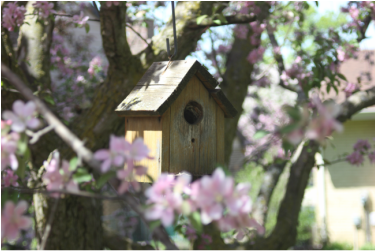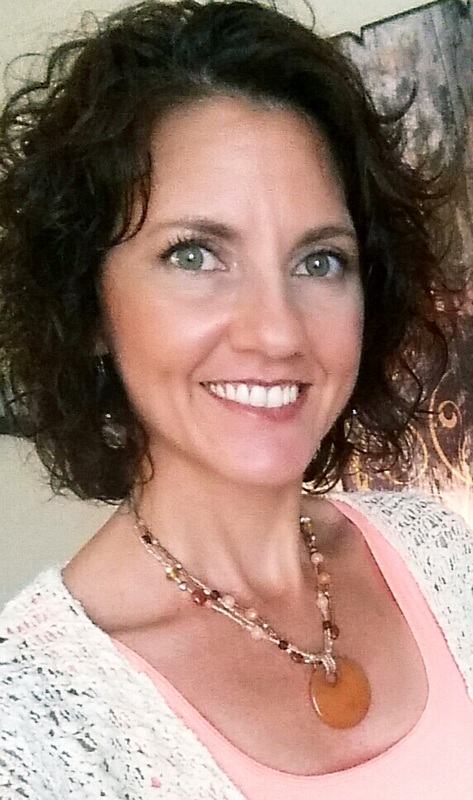 What does setting boundaries mean to you? Selfishness? Gigantic confrontations? Plates thrown across the room? Hurt feelings followed by the silent treatment for days? An opportunity to unload 30 years’ worth of baggage that you’ve been carrying? When I say the word “boundaries” to my clients, I often sense the fear response that is common for many people when they think of putting in place even the healthiest of boundaries. Yet, setting boundaries is a loving gesture that allows us to take care of ourselves through clear and gentle communication of what we’re willing to do or to allow around us. Boundaries that we set are kind for the other person, too. They make our intentions clear and help each person to be respectful and respected. Brené Brown, PhD, author and human behavior researcher, uses the acronym BIG to formulate her boundaries with others: “What Boundaries do I need so that I can stay in Integrity with myself and be as Generous as possible with you?” We can’t be generous with others—our time, resources, emotional energy, compassion—when we feel overburdened, taken advantage of, or drained. We instead start feeling resentful and build protective walls between ourselves and the other person. How do we set boundaries with loving kindness? We are in charge of ourselves: our time, our location, our finances, our sense of self and well-being. If any of those are being taken advantage of, it is up to us to protect the resource we feel is being drained. To do this, we define what we need or are willing to do, and determine the best way to communicate it, given the person with whom we’ll be communicating. Here are a couple of examples: Scenario #1: You have a friend in need whom you want to support, but he’s not taking any action to support himself. After several rounds of hearing the same story and offering the same suggestions, you are beginning to feel drained. Possible boundary: “I understand you are going through a hard time. You always have my support, and I know that you know what to do.” Repeat as needed. Note: I always encourage the use of voicemail as a boundary-setting tool. You can return the call at a time that is convenient to you; plus, you have time to prepare your boundary beforehand and have it ready when needed. Scenario #2: That obnoxious family member will be at the dinner gathering you are going to. She is always in everybody’s business and has something to say about it. Possible boundary: “Thank you for asking, Aunt Millie. Things are going well with me. What have you been up to lately?” (Notice the deflection and redirection. You only have to share what you want to, and with those you want to share it with. In this case, turning the focus back onto Aunt Mildred kindly redirects her attention, at least for a while. In either scenario, the other person wouldn’t necessarily know that we are setting a boundary with them. We are communicating the limit clearly, but less directly. We don’t have to wait until we are so exasperated with our friend, frozen in crisis, that we stop talking to him altogether, or end up saying something that is more hurtful than helpful. With Aunt Millie, we don’t have to tell her how obnoxious her behavior is— she probably already knows, and she might thrive on the negative exchange if we did tell her! In both cases, we simply set our boundary so as to not get entangled with the other person’s emotional state. Boundaries are kind, compassionate, loving ways to maintain our own integrity while respecting where the other person might be on their journey of self-awareness. What boundary are you going to put in to place today? |
Archives
April 2016
AuthorLynn Barrette, LCSW Blending psychology with spirituality, I offer tools for forgiveness, acceptance, meditation and relaxation, and positive parenting solutions. Categories
All
Archives
April 2016
|


 RSS Feed
RSS Feed